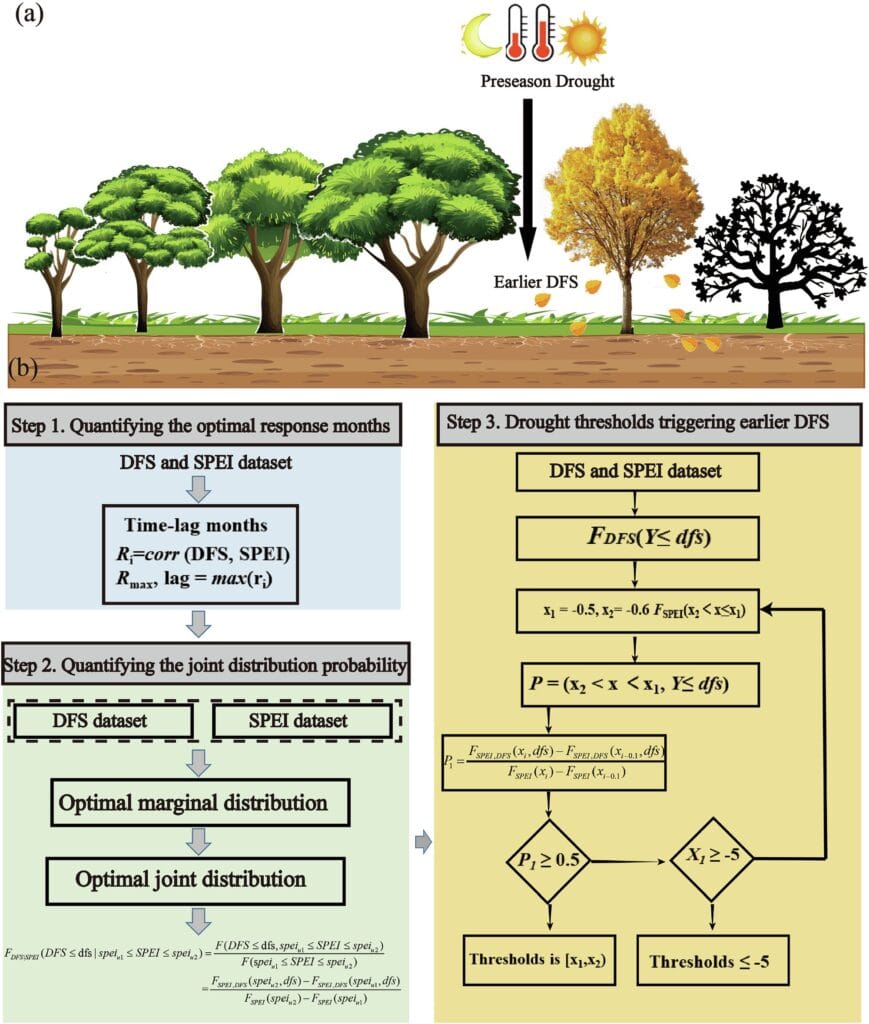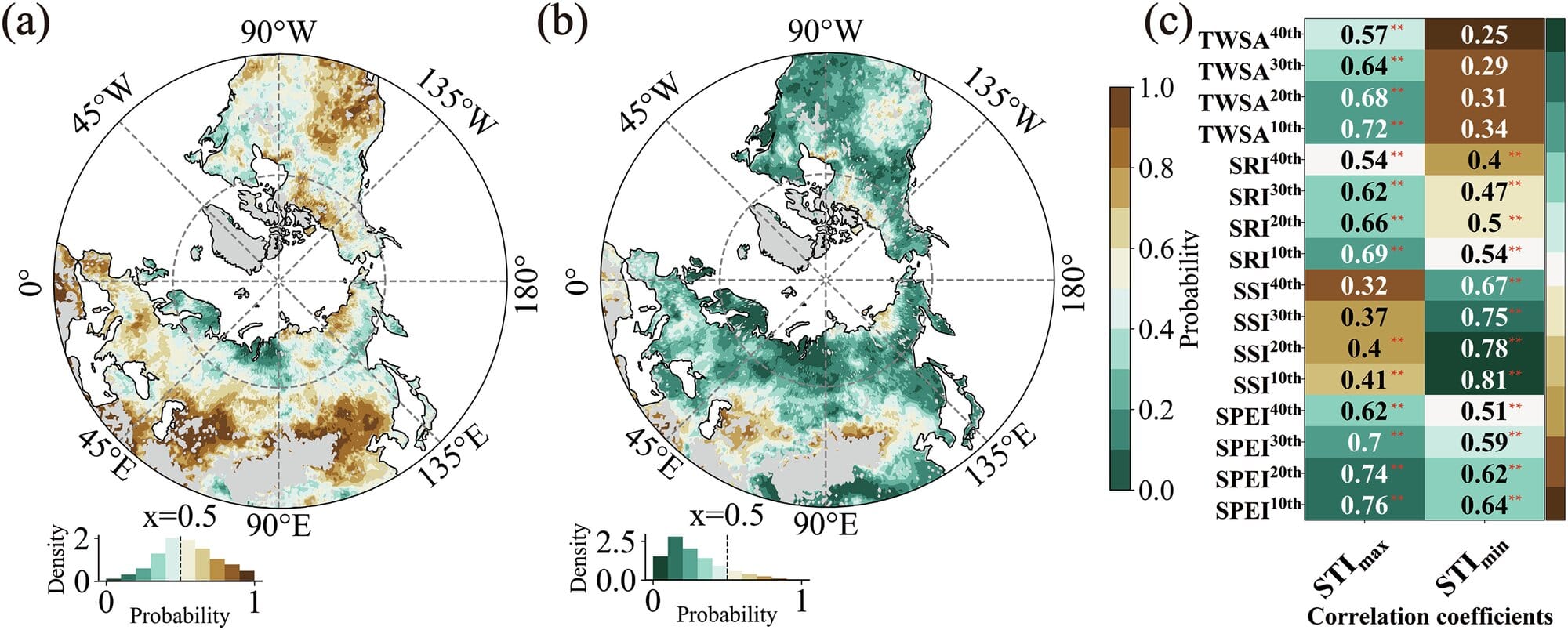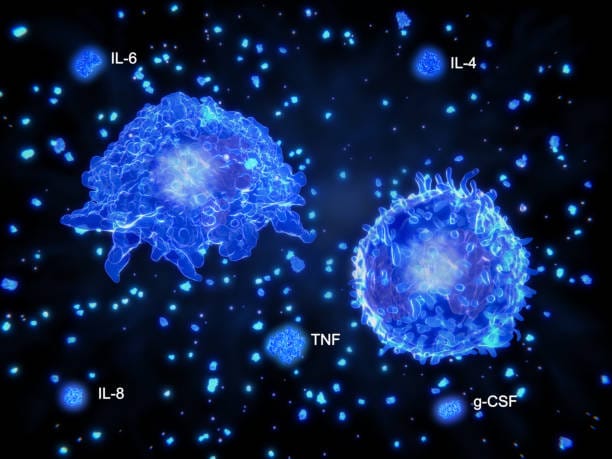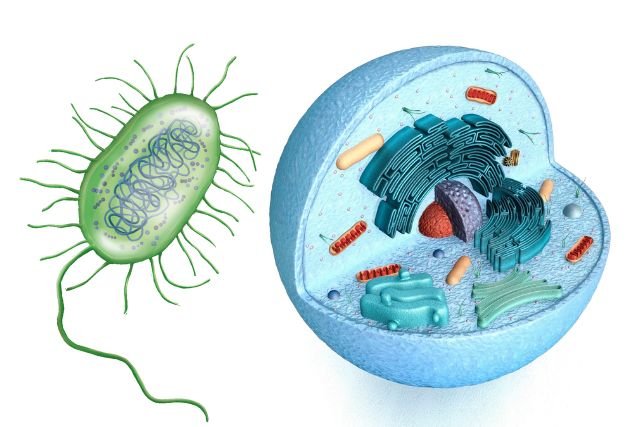Every autumn, landscapes across the Northern Hemisphere erupt into breathtaking shades of crimson, amber, and gold. What may seem like nature’s seasonal art show is actually part of a plant’s developmental journey, one that signals preparation for survival. Leaves, once vibrant with chlorophyll-green, gradually surrender to reds, oranges, and yellows before falling to the ground.
But behind this beauty lies a deeper story: the process of leaf senescence, a vital stage where plants relocate nutrients from their leaves into storage organs or seeds. This annual transition, known scientifically as the autumn date of foliar senescence (DFS), is triggered by an intricate balance of internal signals—like plant hormones—and external forces such as temperature, light, and water availability.
The timing of this process is not fixed. In fact, the autumnal fading of leaves is one of the most sensitive indicators of how plants respond to their environment. And as climate change continues to reshape the rhythms of Earth’s ecosystems, understanding why and when leaves begin to die back has never been more important.
Climate Change and Shifting Autumns
Traditionally, cooler days and shorter daylight hours marked the cue for leaves to turn. But warmer autumns caused by global warming are now delaying the start of senescence. In other words, autumn comes later. Longer growing seasons might sound beneficial at first—more time for trees to photosynthesize and store energy—but the relationship is more complicated.
Water availability plays an equally powerful role. When drought strikes, trees and plants cannot sustain their leaves, no matter the temperature. Under these stressful conditions, senescence begins earlier, not later. The delicate balance between warmth and water availability determines how and when autumn colors arrive.
Until recently, scientists did not know precisely how severe drought must be to trigger early senescence. That gap in knowledge led researchers to investigate the thresholds—the point at which water scarcity becomes the tipping point for leaves to abandon their green.
Unlocking the Drought Thresholds
A team from Yunnan University recently explored this mystery in a sweeping study that combined decades of field data, satellite imagery spanning from 1982 to 2021, and drought indices across the Northern Hemisphere north of 30° latitude. Their focus: the pre-season drought thresholds (PDT) that set off earlier DFS.
Their findings were striking. Plants do not all respond to drought in the same way. For example, deserts and shrublands—already existing in arid conditions—are far more sensitive to even small decreases in water availability. Meanwhile, ecosystems with deep-rooted vegetation or denser canopies can withstand greater dryness before senescence begins.
The researchers identified quantifiable thresholds at which senescence is triggered, ranging from −2.59 to −1.63 on drought indices. Simply put, the less water available, the quicker leaves give up their chlorophyll. The study showed that when thresholds were close to −0.5, only mild drought was needed to speed up autumn’s arrival. When thresholds approached −5.0, senescence occurred only under more severe drought stress.

Heat Waves: Day and Night, a World of Difference
Another layer of complexity emerged in the study—the role of heat waves. Not all heat is equal. Daytime heat waves intensified the effects of drought far more than nighttime ones.
During hot days, plant stomata (tiny pores in leaves) stay open to exchange gases, but this process also drives water loss through transpiration. As temperatures rise, water demand soars, worsening drought stress and pushing plants toward earlier senescence. In contrast, at night, stomata are mostly closed, slowing transpiration. While night heat waves still stress plants, they don’t deplete soil moisture as quickly, meaning their immediate impact on DFS is weaker.
This subtle difference underscores how plants live in a delicate dance with their environment, reacting differently to stress depending not just on intensity, but also timing.
Nature’s Strategies for Survival
Interestingly, not all plants respond the same way to drought stress. Some ecosystems have built-in resilience. Deep roots allow certain trees to tap groundwater reserves when surface soil dries out. Dense canopies—measured through something called the leaf area index—shield the forest floor from excessive heat and evaporation.
These adaptations act like nature’s insurance policies, slowing the advance of senescence. But resilience has limits. Severe or prolonged drought can still overwhelm these defenses, forcing ecosystems to shed their leaves earlier than normal. The loss of resilience marks a dangerous tipping point, where ecosystems once resistant to stress become vulnerable.
Looking Into the Future
The researchers also projected how these patterns might evolve in the coming decades. Using climate simulations, they predicted that by 2061–2100, over half of the studied areas in the Northern Hemisphere will show higher sensitivity to pre-season droughts than they did in recent decades.
In other words, as climate change intensifies, even moderate droughts will be enough to trigger earlier autumns in many regions. This shift has serious ecological consequences. Earlier senescence means shorter growing seasons, reduced carbon uptake by plants, and lower overall ecosystem productivity. For humans, it may also mean less agricultural yield, reduced forest resilience, and increased vulnerability to climate-driven disruptions.
The Bigger Picture: Why It Matters
At first glance, autumn’s colors may feel like a gift of beauty—a natural festival marking the year’s closing chapters. But beneath the colors is a story of survival, stress, and resilience. Understanding when and why leaves change isn’t just about predicting fall foliage for tourism. It’s about grasping the health of ecosystems that provide oxygen, food, and climate stability.
As droughts and heat waves become more frequent, the timing of autumn will increasingly reflect environmental distress. Every early leaf drop is a signal that plants are struggling. These insights help scientists, policymakers, and conservationists anticipate how forests and grasslands will adapt—or fail to adapt—in a rapidly changing world.
Toward a Deeper Connection
The science of autumn senescence reminds us of something profound: beauty and fragility often walk hand in hand. The fiery reds of October may delight the eye, but they can also be warning signs of ecosystems under strain. By listening to these signals, humanity gains not only knowledge but also responsibility.
Albert Einstein once said that “look deep into nature, and then you will understand everything better.” The shifting of leaf colors each year is one of nature’s most eloquent lessons. It is a reminder that even the most enchanting spectacles are part of larger cycles of adaptation, survival, and change.
As we marvel at the falling leaves, we are also witnesses to the silent struggles of the natural world—and to the urgent need for stewardship in an era of climate uncertainty.
More information: Wenbo Yan et al, Drivers of the pre-season drought thresholds triggering earlier autumn foliar senescence in the Northern Hemisphere, Nature Communications (2025). DOI: 10.1038/s41467-025-62847-y






